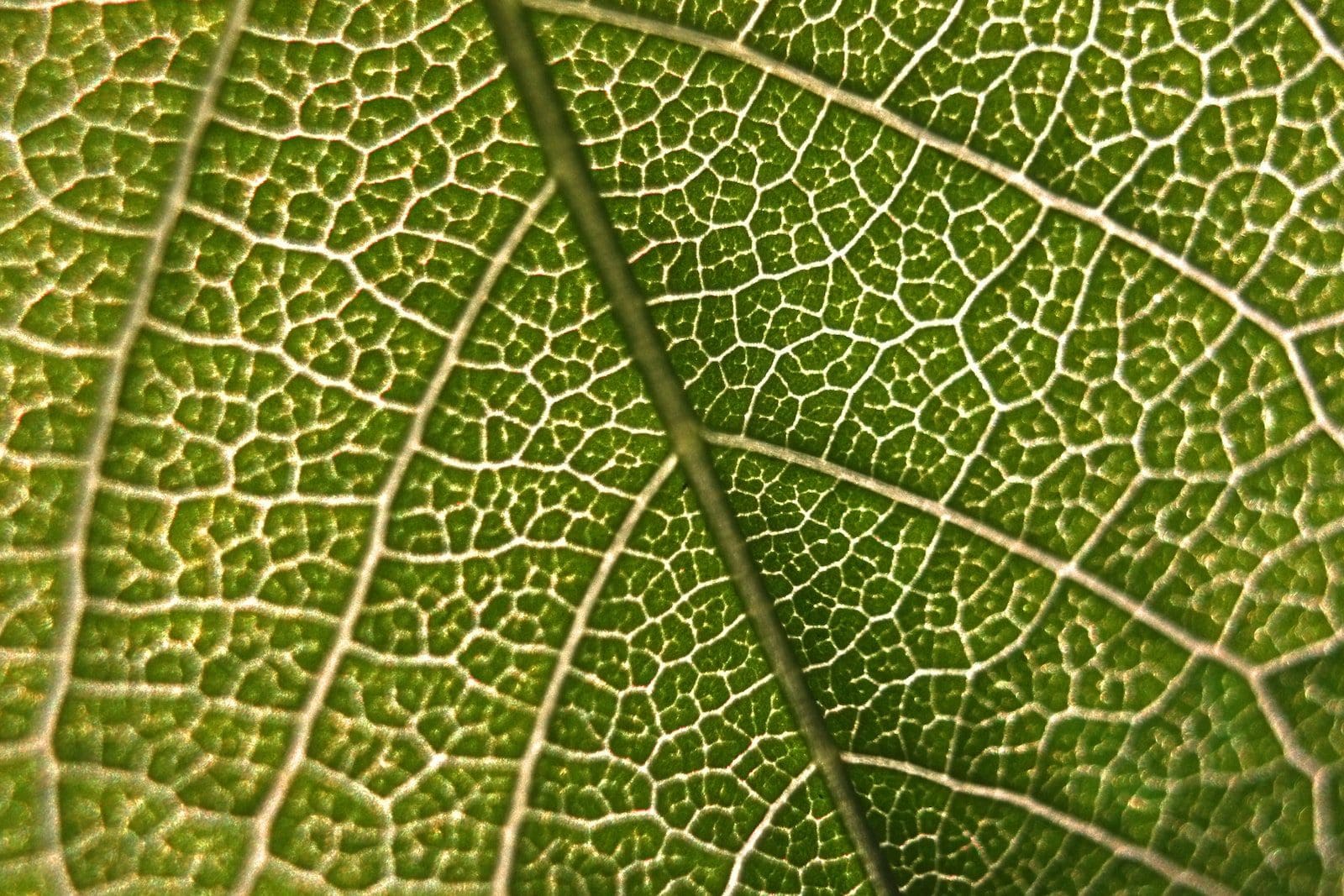Plants are living creatures that depend on themselves for food. The process that they use for creating their food is known as photosynthesis. This process requires a pigment called chlorophyll.
Both play significant roles in photosynthesis as they help absorb sunlight needed to produce carbohydrates.
Key Takeaways
- Chlorophyll a is the primary pigment in plants, algae, and cyanobacteria, capturing light energy during photosynthesis.
- Chlorophyll b is an accessory pigment, assisting chlorophyll in capturing light energy by broadening the absorption wavelength spectrum.
- Although both pigments play a role in photosynthesis, chlorophyll a is essential, while chlorophyll b supports its efficiency.
Chlorophyll A vs B
Chlorophyll a light absorbing, photosynthetic, primary pigment of chlorophyll. All plants algae, bacteria, cyanobacteria, and phototrophs contain chlorophyll a. Chlorophyll b a secondary pigment of chlorophyll. Possesses high absorption rate. It occurs in plants and green algae. It has low absorption rate.

Comparison Table
| Parameters of Comparison | Chlorophyll A | Chlorophyll B |
|---|---|---|
| Definition | Chlorophyll A is the prime pigment used in photosynthesis. It captures sunlight. | Chlorophyll B is the additional pigment used in photosynthesis. It collects sunlight and passes it to chlorophyll A. |
| Range of absorption | 430 mm to 660 mm. | 450 mm to 650 mm. |
| Colour of absorption | This absorbs orange-red and blue-violet light. | This absorbs orange-red light. |
| Reflecting colour | Chlorophyll A reflects a blue-green colour. | Chlorophyll B reflects a yellow-green color. |
| Absorbing wavelength | It absorbs wavelengths 430 nm and 662 nm. | It absorbs wavelength 470 nm. |
| Structure | Chlorophyll A contains a methyl group. | Chlorophyll B contains an aldehyde group. |
| Molecular Weight | 839.51 g/mol | 907.49 g/mol. |
| Chemical Formula | C55H72MgN4O5 | C55H70MgN4O6 |
| Found in | It is found in algae, plants, and cyanobacteria. | It is found in algae and plants. |
| Quantity | ¾ of total chlorophyll. | ¼ of total chlorophyll. |
| Solubility in polar solvents | Low | High |
What is Chlorophyll A?
Chlorophyll A refers to the green pigment which helps absorb light and provide energy in photosynthesis. It is present in algae, cyanobacteria, and all plants.
Chlorophyll A is an essential pigment for plants as it plays an important role in photosynthesis. It helps in the electron transport chain during photosynthesis.
It also transfers light energy from the antenna to the photosystems P680 and P700. Here chlorophylls are found in the thylakoid membrane of the chloroplast.
The wavelengths responsible for violet-blue and orange-red colours are 429 nm and 659 nm, respectively.
It reflects bluegreen colour, which brings out the green colour in most plants.
Chlorophyll A has a chlorine ring. Here a magnesium ion is surrounded by four nitrogen atoms. It also consists of some side chains and hydrocarbon tails.
Hence, we can say that the basic role of Chlorophyll A is to absorb light from the orange-red and violet-blue colours of the spectrum and transfer this energy to the reaction center.

What is Chlorophyll B?
Chlorophyll B is a green pigment that helps in photosynthesis by collecting light energy and then passing it to chlorophyll A. It is present in plants and green algae.
The wavelengths responsible for violet and red colours are 455 nm and 642 nm, respectively.
It reflects a yellow-green colour. Chlorophyll B is present in most land plants’ light-trapping antenna in photosystem P680.
Hence, we can say that the main role of Chlorophyll B is to increase the absorption spectrum of organisms. This helps them to absorb more energy and helps organisms to convert more energy from the sun into chemical energy.

Main Differences Between Chlorophyll A and B
- ¾ of the total chlorophyll in plants constitutes Chlorophyll A. ¼ of the total chlorophyll in plants constitutes Chlorophyll B.
- Chlorophyll A is there in the reaction centre of the antenna array. Chlorophyll B controls the size of the antenna.

- https://www.sciencedirect.com/science/article/pii/S0034425798000467
- https://pubs.acs.org/doi/pdf/10.1021/ja00964a011

The post’s content is valuable and enriching.
It definitely is, and it was a pleasure to read such well-presented information.
A rich and enlightening post about Chlorophyll A and B.
I couldn’t agree more; it’s a valuable contribution, especially in understanding the different functions of Chlorophyll A and B.
A truly enlightening perspective on Chlorophyll A and B, and their roles in photosynthesis.
This post has truly deepened my knowledge of Chlorophyll A and B.
An intelligent explanation of the roles of Chlorophyll A and B; truly insightful.
The post provides comprehensive knowledge about photosynthesis and the role of Chlorophyll A and B.
A commendable post for anyone interested in learning about plant biology.
Very well-detailed post covering all the nuances of Chlorophyll A and B.
I found the post thorough and engaging, particularly the main differences between Chlorophyll A and B.
The post provides an excellent insight into the roles of Chlorophyll A and B.
It is a highly informative post, offering all the differences clearly.
This is a must-read for those interested in biology and plants.
This is a great informative post about the process of photosynthesis. Very educational.
I completely agree. The post contains all the key information about Chlorophyll A and B.
Fascinating read, I never realized the difference between Chlorophyll A and B before.
The post is quite educational and thorough.
It’s quite a detailed read, and I appreciate the level of detail.
An exceptional post that explains the science of Chlorophyll A and B effectively.
The post is enlightening, and I appreciate the level of detail provided.
I found the post quite invigorating and educational.
The content is very well explained and enriching.
Such a well-organized post, makes understanding Chlorophyll A and B easy.
I enjoyed reading it and learned a lot about Chlorophyll A and B.